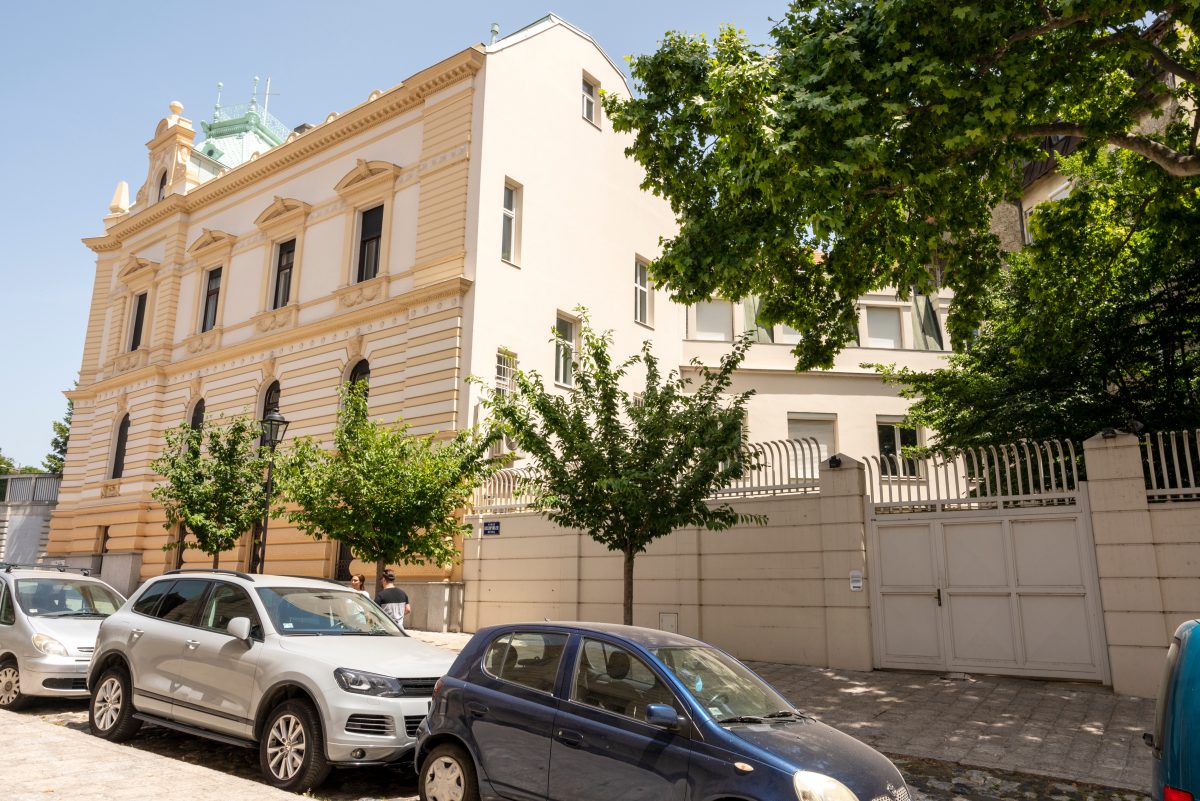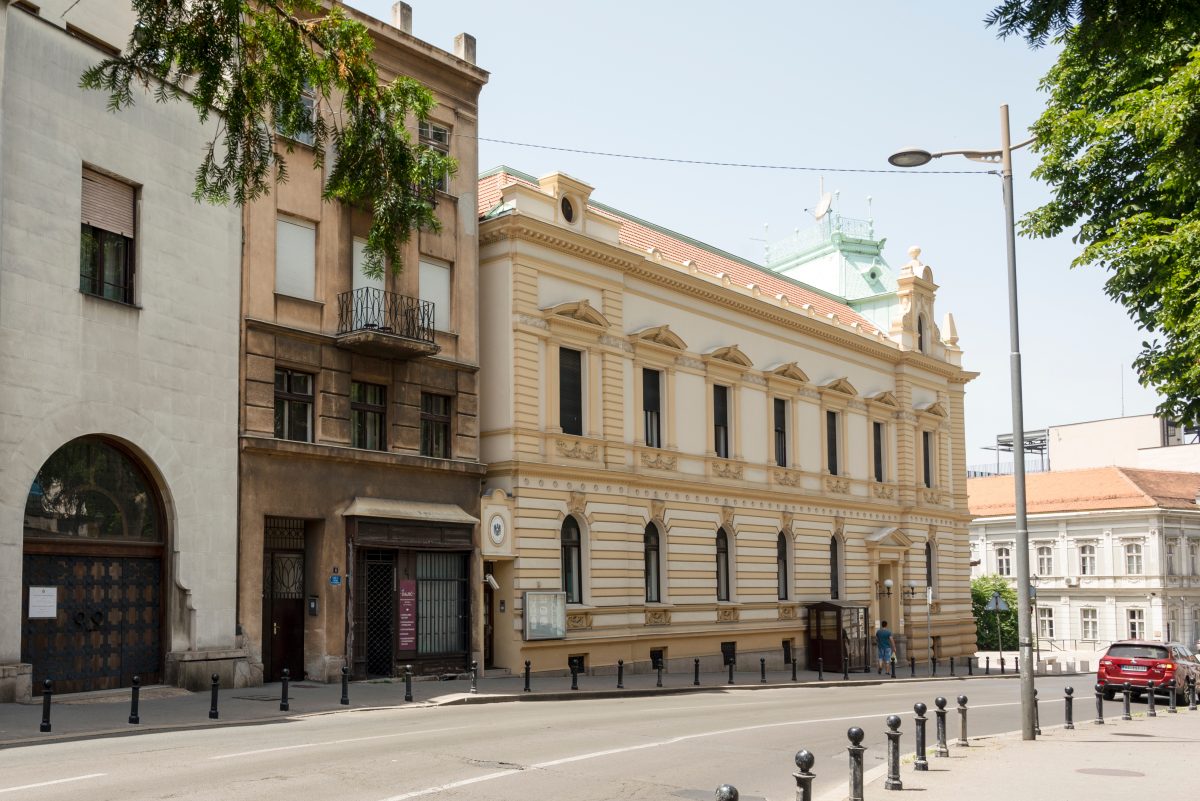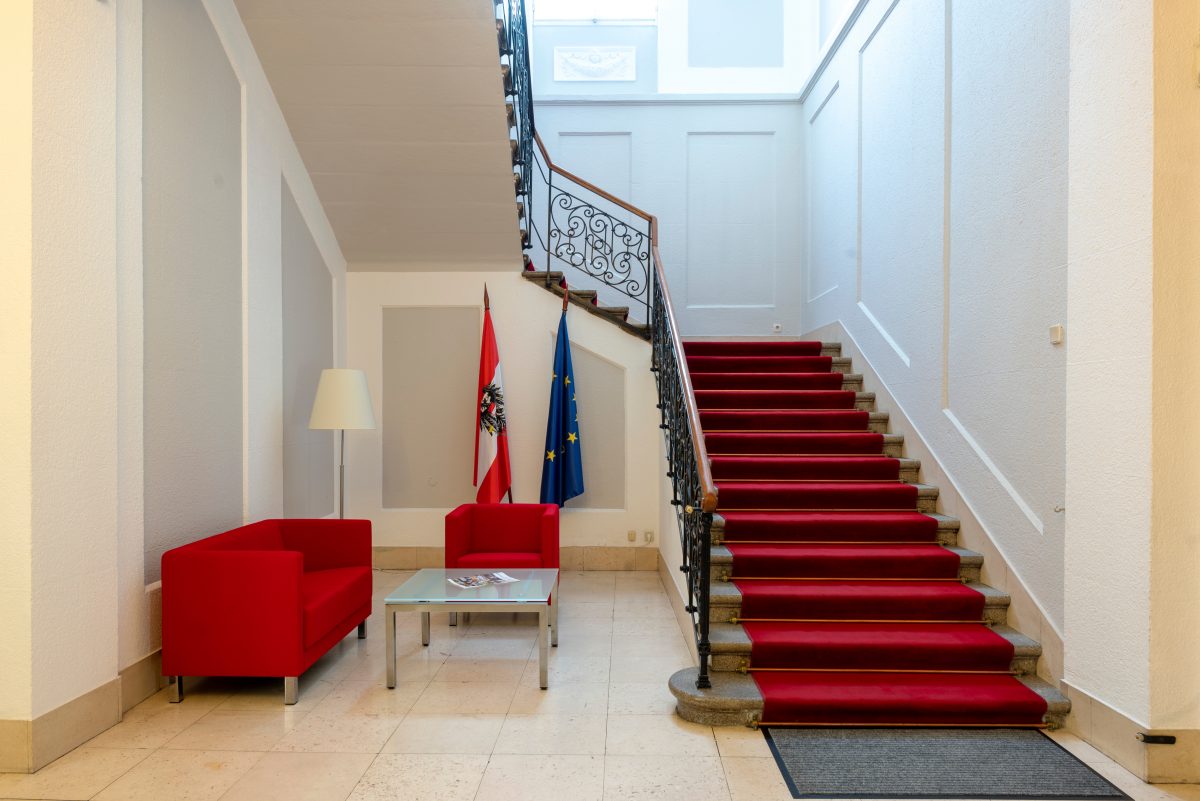Soft breath of Central Europe
One of the most beautiful buildings in Belgrade is quite appositely the Embassy of Austria. It is a symbol of a time when Belgrade was standing right on the border with this country and was under its direct influence in architecture and lifestyle.
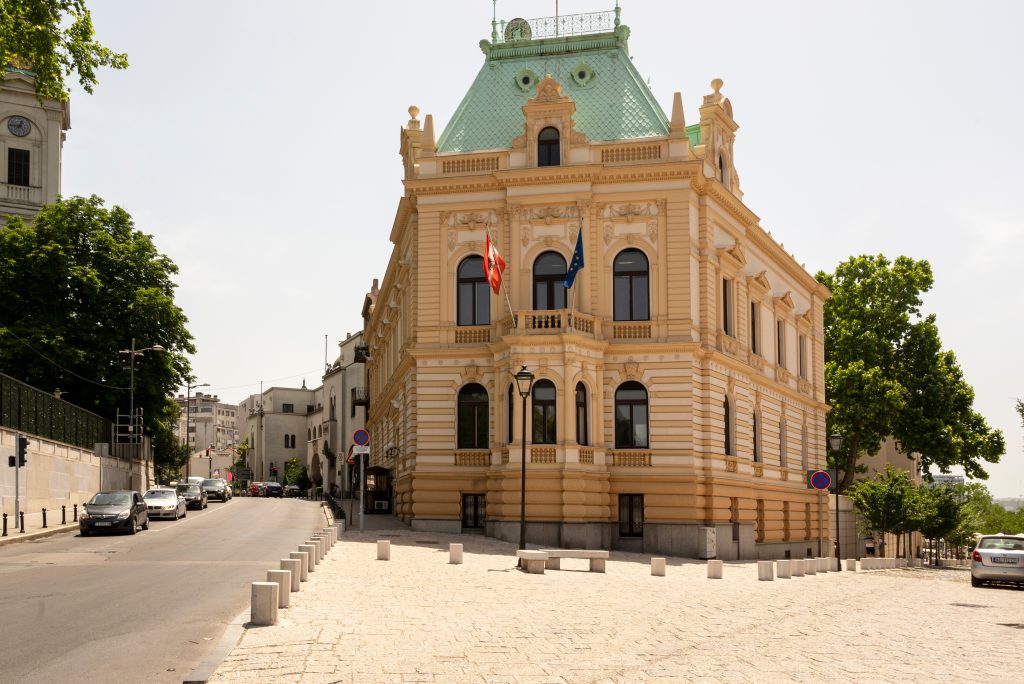
As a symbol of a time when Serbia was in a hurry to imitate Central Europe in everything and become a part of it as soon as possible, there is the beautiful yellow building that houses the Embassy of the Republic of Austria. It was built on the corner of Bogojavljenska Street and Kosančićev Venac (Bogojavljenska changed its “inappropriate” name to Sime Marković Street during socialist rule), which is one of the most important achievements of Belgrade architecture of the 19th century. It was built between 1898 and 1899 in the spirit of academism, according to the project of the architect Milorad Ruvidić. Mr. Ruvidić was schooled in Germany in 1893 and brought with him new ideas typical of German architecture, which was reflected in the architectural style of this building.
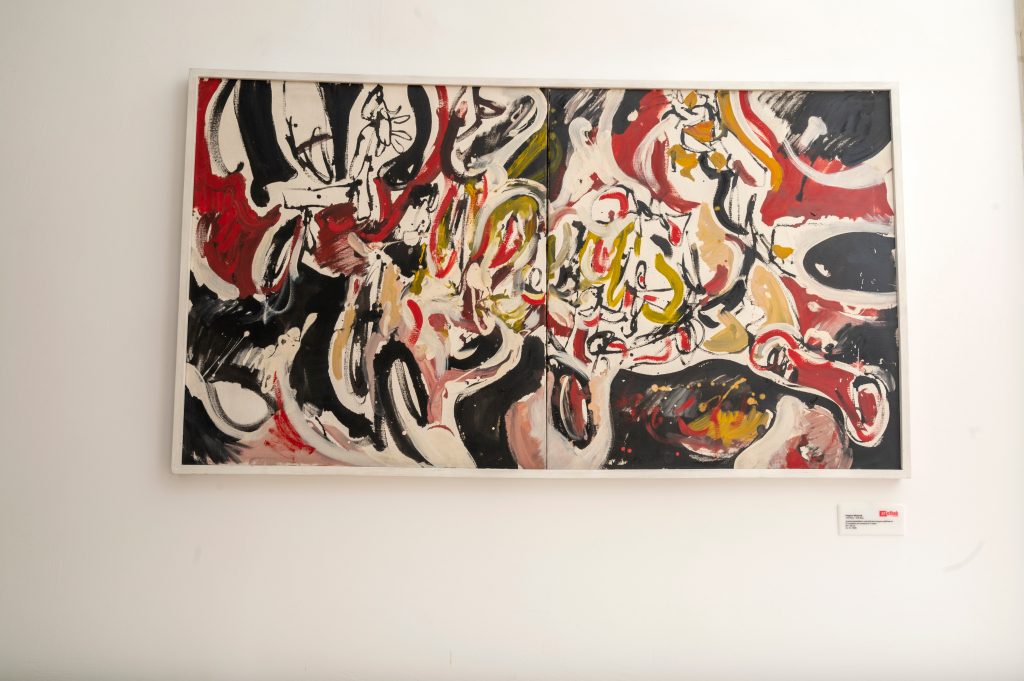
Ruvidić was an employee of the Ministry of Construction, and designed the largest number of buildings during Belgrade’s golden age, i.e. before the Great War: the building of the Smederevo Credit Bank (1910) in Terazije, the building of the Officers’ Home (1895 with Jovan Ilkić) in Kralj Milan Street, the building that housed the Kralj Dečanski Association (1900 with Dragutin Đorđević) on the corner of Deligradska and Kralja Milana streets, as well as several family houses. He adapted the house of Stevča Mihailović in Kneza Miloša Street for the needs of the Ethnographic Museum (1901) and designed a monument in honour of Metropolitan Mihailo in the Cathedral Church (1902). Together with Milan Kapetanović, he designed the Serbian pavilion at the World Exhibition in Paris in 1900. He also built many representative buildings throughout Serbia.
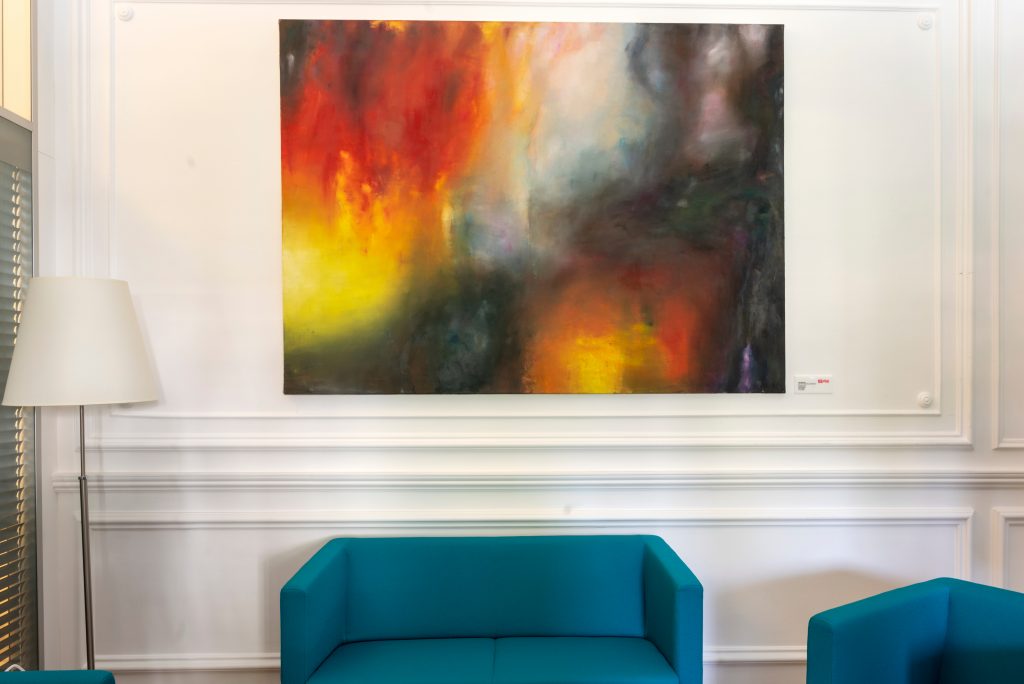
There was an old house, owned by Professor Ivan Stanimirović, in the place of today’s Austrian Embassy. It was later bought by merchants – the Bademlić brothers. At the corner of the original building, there was a cafe run by Toša Krivošija for a while. During the Turkish bombing of Belgrade in 1862, a cannonball fired from the Fortress hit the wall of this cafe and stayed there, thus later becoming its trademark.
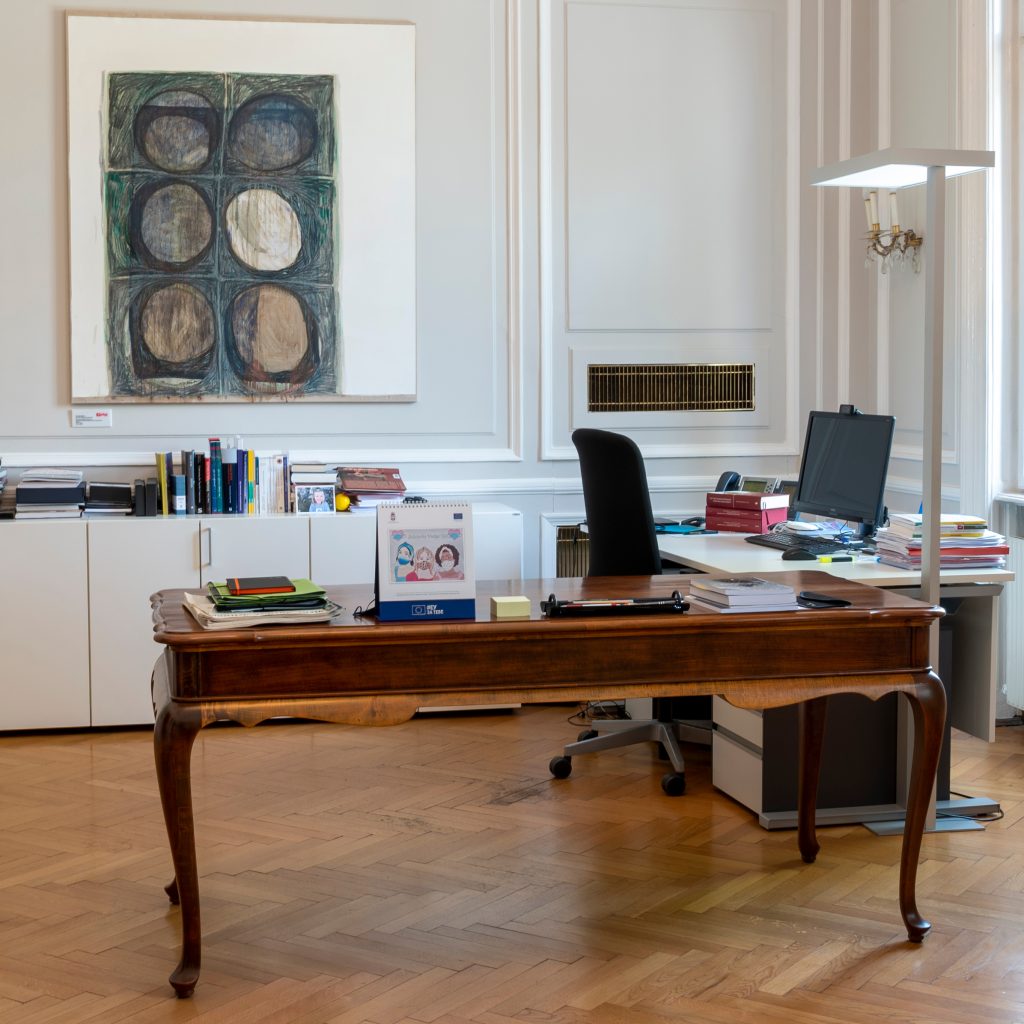
The Krsmanović family bought the property at an auction from the Bademlić brothers in 1894. Apart from the architectural one, the building stands out with its artistic value and distinct importance in the space that makes up the immediate surroundings of the Cathedral and Kosančićev Venac. The Krsmanović family did not move into the house until 1903. After Dimitrije’s death (1904), the mansion on the Sava slope was inherited by his son Jovan, who rented it out. As a boy, Dimitrije N. Krsmanović (born in 1840 in Tuzla and died in 1904, Sankt Blasien in Baden-Württemberg) moved with his parents from Bosnia to the Principality of Serbia. After graduating from the merchant school in Pest, he settled first in Šabac. With his father, brother and uncles, he founded the Braća Krsmanović Company. As the largest company in Serbia at that time, it was engaged in growing and drying plums, which were exported to Western Europe and America through a wide network, via Trieste. He was a supporter of the Obrenović family and a prominent member of the Serbian Progressive Party. King Aleksandar (1889–1903) appointed him his deputy in the National Assembly in 1894, which he remained until 1896. In a short period, in 1921, the house was the seat of the newly established Orthodox Theological Faculty, which shared space with several departments of the Ministry of Religion of the Kingdom of Serbs, Croats and Slovenes. Jovan Krsmanović finally sold the house to the Republic of Austria in 1955, which set up its embassy there that year.
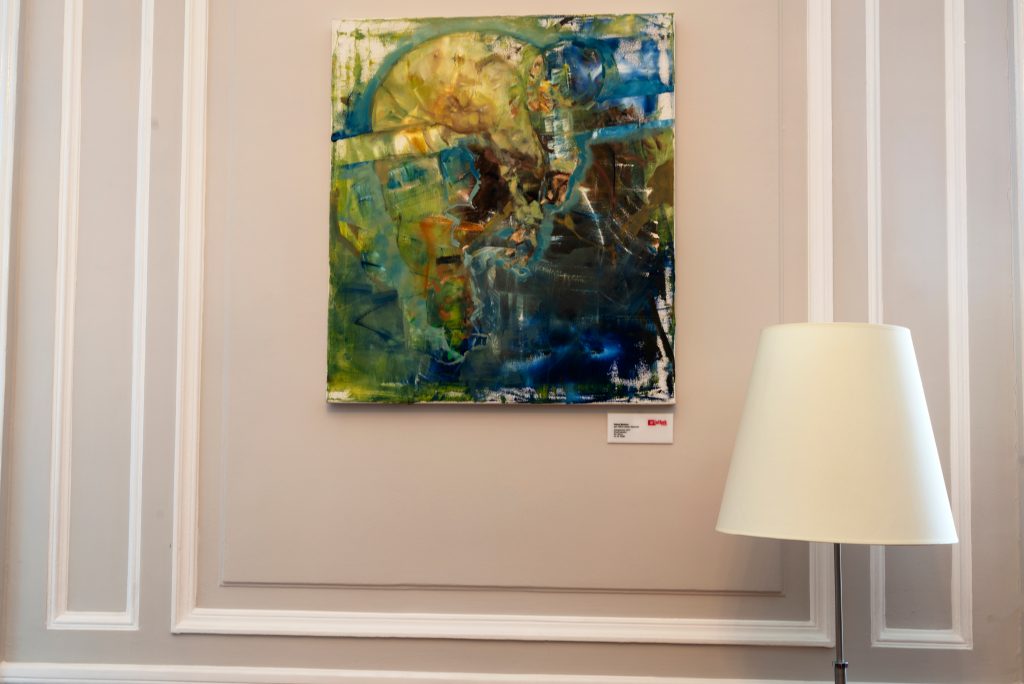
The Embassy’s interior went through major changes since it was a family home. It is now elegant, but reduced to classicist white, with massive wooden doors that stand as an echo of previous periods, as well as chandeliers and candle holders on the walls that are made of ornate metal. Of course, “candles” have been replaced a long time with electric light bulbs in the shape of candles. However, the greatest treasures are modern art works that adorn the walls of the embassy, giving it that gallery look. We have to mention Peppin Wieternik, who was an abstract expressionist, Robert Muntean (ultra-contemporary art) and several other contemporary Austrian painters from the Artothek projects.
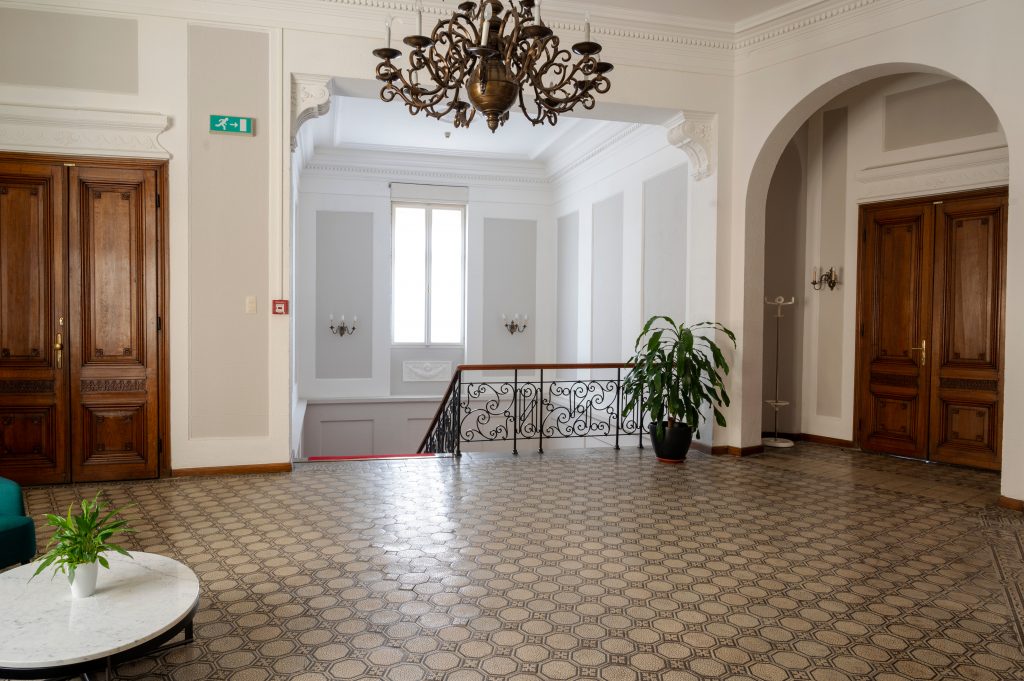
In 1974, conservation and restoration works were carried out on the building, which restored its former beauty and ambiental significance. The Institute for the Protection of Cultural Monuments of the City of Belgrade declared this building a cultural monument, which means it is under state protection.
The building that houses the Austrian embassy remains a testimony of a time when Belgrade aspired to be a true European metropolis, such as Prague, Budapest or Vienna.
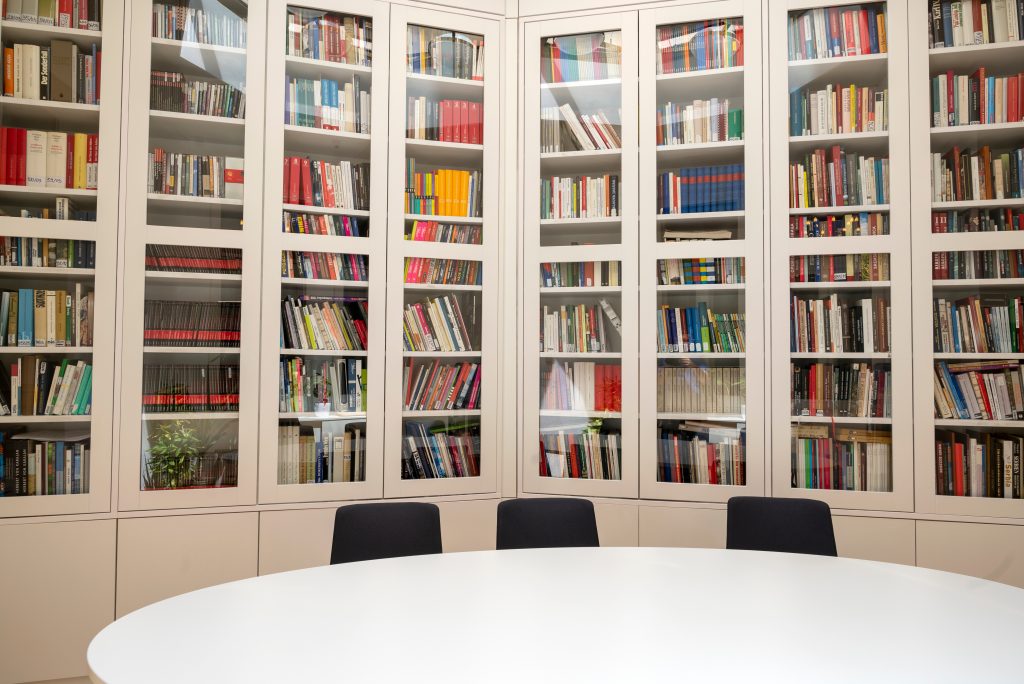
By Žikica Milošević
